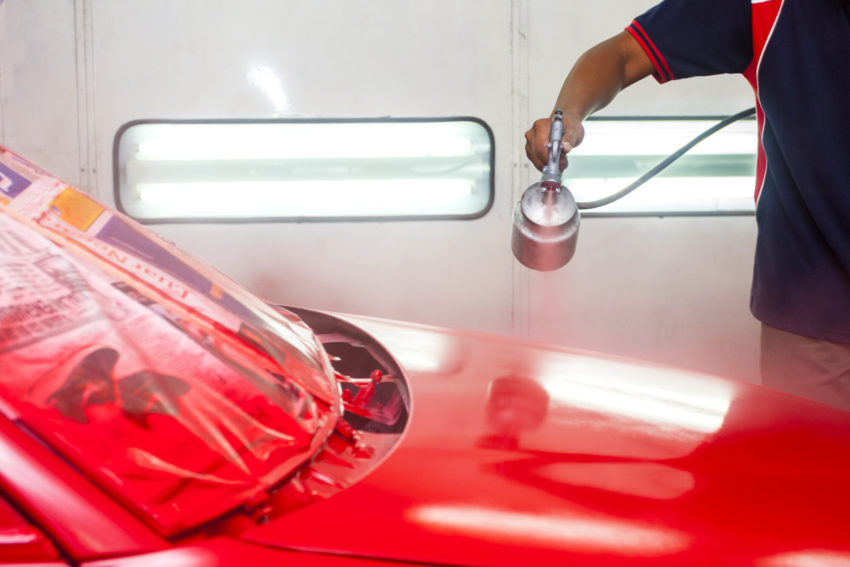
It happens to the best of them. Your prized vehicle undergoes detailed hand washing and emerges as dirty as when you started. While washing your car may have become a futile effort, paint correction can be a breeze.
In need of some paint correction? Don’t know if you can DIY or should hire a professional?
Find out all that you need to know in our guide.
DIY Car Paint Correction
DIY car paint correction is a great way to save money and tackle smaller jobs yourself. You can buy a car paint correction kit that comes with easy-to-read instructions and all the materials necessary to correct blemishes and scratches in your car’s paint finish.
DIY car paint correction can be effective on minor damage, but it’s important to remember that it’s still a fairly tricky process and requires more skill and experience than many DIY-ers may think. Below are the steps for DIY paint correction:
Preparing the Car and Supplies
Before you begin, you’ll want to clean the car thoroughly and ensure it is completely dry. Once the car is prepared, assemble your supplies which should include car wash soap, a bucket, paint cleaner, clay bar, glazing compound, various grit sandpaper, polishing compound, buffer, and foam applicator.
Washing the Car
You will start with a generous sudsing of a quality car wash soap to remove the dirt and debris from the paint surface. Once washed, dry thoroughly with a soft microfiber cloth, and then inspect for any damage in the paint.
Applying Compound
Applying compound involves the application of special abrasive material to the body of the car, which helps to remove fine scratches, swirls, and oxidation. The amount of compound and force used will depend on the severity of the scratches and the existing finish on the vehicle.
Buffing and Polishing
Buffing and polishing can restore car paint to its original shine, reduce scratches and swirl marks, and enhance color. To begin, the area to be buffed must be thoroughly cleaned and free of debris. A quality buffing and polishing compound should then be used to remove the scratches and imperfections.
When To Hire a Professional?
DIY paint correction can be a rewarding experience, but it can also be a costly one. When it comes to determining when to hire a professional for paint correction, it is important to consider the size and complexity of the project.
If there is a large area, significant damage, or layers of old paint and clearcoat, it would be best to hire a professional. Professional paint correction services can also remove more ingrained swirls and oxidation that might not come out with a DIY job.
Also, professional detailers typically have access to paint protection products like ceramic coatings, which will protect your paint for years. Even if you are familiar with the process and have the right equipment, it is usually best to leave more complex tasks to a professional. Contact this auto detailing company today to get this started.
Learn More About Paint Correction
In conclusion, paint correction is a complex process that should be taken seriously. Most people should hire a professional to ensure the best results. The bonus is that the job can often be done faster and be much longer lasting.
Don’t take a chance. For more information and help with paint correction, contact a professional today.
Did you find this article helpful? Check out the rest of our blog for more!